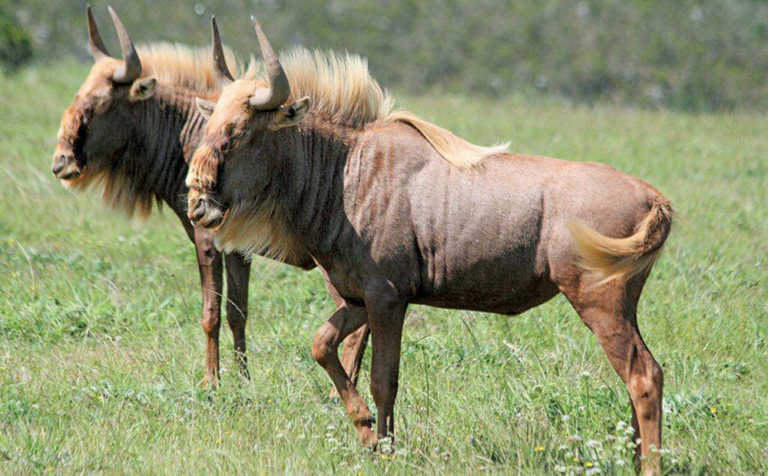
Photo: FW Archive
During the 1990s, growth in the wildlife industry was driven by the economic and ecological benefits derived from plains game species.
At the time, these species provided landowners with a more profitable land-use option than traditional livestock farming.
READ Breeding high-value game species in North West
As a result, the value of plains game species continued to increase on the back of producers showing great interest in stocking new wildlife ranches on marginal land previously used for the production of livestock.
This trend peaked around 2000, with new land for wildlife production becoming increasingly scarce.
In addition, the demand for, and hence the average prices of, plains game species were also affected by economic pressures in the broader wildlife and hunting industries. These included the relatively strong exchange rate at the time, the global economic slowdown, and changes to firearm legislation in South Africa.
Price squeeze
All of this resulted in a cost-price squeeze for ranchers whose business models were purely based on the consumptive (hunting) and non-consumptive use of plains game.
This financial pressure provided an impetus for a shift in focus towards the breeding of higher-value species, which were limited in number. This scarcity, coupled with growing demand, led to an increase in price, which yielded significant financial gains.
To put it simply, scarcity underpinned most of the initial growth in the market for higher-value species.
The same pattern was seen in colour variants: the scale tilting towards the demand side contributed to an increase in prices and profits. Improvements in capture, translocation, animal husbandry practices, insurance products, and trading platforms also contributed to the growth of the industry.
Black springbok were among the first colour variants to be sold on formal game auctions. In 1991, a total of 71 of these animals were sold for an average price of R327.
Starting in 2000, the prices of animals such as black impala began to capture the attention of more South Africans. At the end of the 2001 wildlife auction season, a total of 21 black impala were sold for an average price of R101 333.
At that stage, black impala were purchased with one aim: to breed more of the animals and, in the process, reap the financial benefits of selling them at live sales.
Other colour variants followed suit, and rocketing prices lured many into breeding these.
Graphs 1 and 2 tell the story of the black impala and golden wildebeest, the two variants regarded as the cornerstones of the colour variant market.
The fall
From the graphs, it is evident that the average prices of black impala and golden wildebeest peaked in about 2014.
The remarkable downward price spiral thereafter was triggered by an uncertain investment sentiment that developed on the back of prices that had almost doubled overnight, only to retract shortly thereafter.
At that point, the intrinsic value and successive prices of these animals were based on their current use: breeding and auctioning off the progeny.
Speculation was rampant, thanks to the money to be made from selling the offspring soon after birth, or the animals originally bought for breeding purposes.
Although mention was made of potential alternative markets, up to 2014, live game auction prices dictated the focus and direction of market development.
The investment cool-down and successive negative price movements since 2014 make it clear that business as usual will not suffice.
READ How to start farming high-value game species
This has led to a renewed focus on the establishment of an alternative: the consumptive (hunting) market for colour variants.
Although evidence suggests that the number of colour variants hunted is on the rise, the extent of demand remains unknown. Moreover, there are vastly different views about the potential consumptive market for these animals.
This debate has been fuelled by organisations such as US-based Safari Club International and Dallas Safari Club distancing themselves from the hunting of colour variants.
Without wishing to postulate the potential demand from the hunting fraternity, I am convinced that future prices for colour variants will be determined by the extent and success to which this market is developed.
Changes to the rules of the game
Today, unlike a few years ago, the intrinsic value of colour variants is determined by
their perceived consumptive value. Based on the ironclad economic principle of supply
and demand, the success of the hunting market will most likely be determined by numbers, which will translate into potential premiums over the hunting prices of normal colour animals.
With this in mind, it is probably safe to say that the prices of the past will not be seen again.
The supply base is continually expanding, the rules of the game have changed, and the future will unquestionably present those involved with the breeding of colour variants with unexpected challenges.
Staying ahead of competitors in this market environment may be easier said than done.
Source: africageographic.com
Email Dr Flippie Cloete at [email protected].










